Dear Reader,
Monday: Gosh, it’s cold this morning. I’ve been to the Village Stores, and didn’t quite know which hat to put on when I left the house. It’s the first sunny dry day for weeks, but the brim of my hat hat would have shaded too much of it, and I want to welcome the sun, not hide from it. Baseball cap? Its visor would have been useful to shield a little of the brightness, but it screams ‘FITNESS!’ and ‘EXERCISE!’ and I’m ashamed that this reluctant-to-get-up-and-go girl was in no condition to submit to either.
Reader, I plumped for my hairy woolly Fair Isle hat, squashing my messy knot of hair underneath it and hoping that my glasses were still on straight. It might be the end of March, with the feet of spring well and truly under nature’s desk, but nobody’s yet told the weather.
Perhaps I should have kept an eye on the forecast?
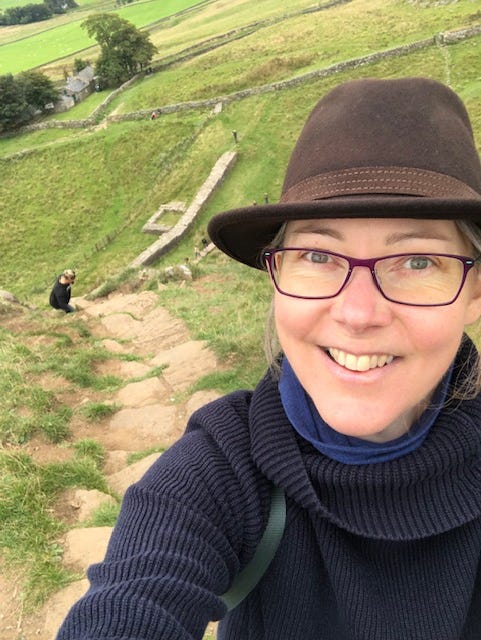
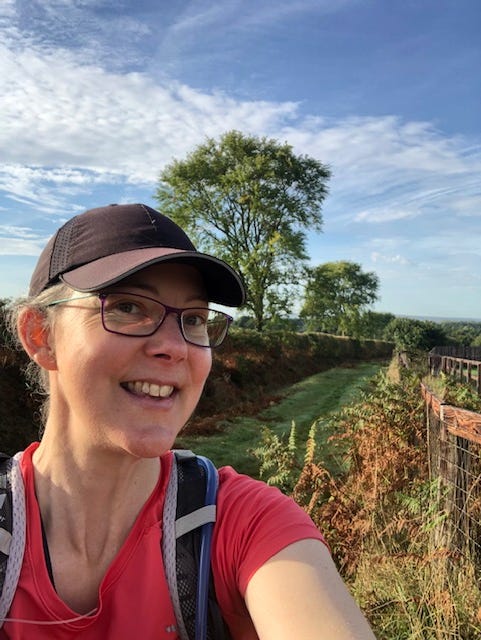
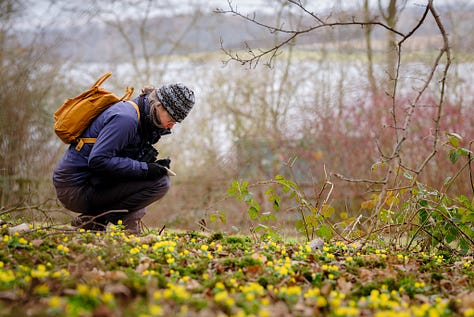
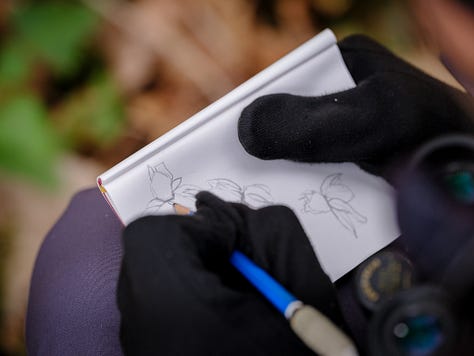

I am in awe of those people who go to work dressed perfectly for every temperature on a given day:
For their overheated commute on the train to the city;
For their walk to the office in a badly-timed rain shower;
For their meeting in a chilly boardroom with overzealous air conditioning;
For their balmy lunchtime on a patch of sunlit grass in the park.
One outfit. One. How do people do it?
I can’t seem to leave the house at this time of year without a minimum of three ‘home’ layers comprising vest1, shirt and jumper2, and then I wear a fleece and a rainproof jacket on top of those.
If it’s actually cold cold, in addition to the above I’ll also be wearing merino undergarments down to my ankles and my wrists, plus a hat, a neck gaiter and one – or two – pairs of gloves (one microfibre, one fleece). With the type of work I do, when I’m not toting inconveniently-shaped bags full of photographic equipment from pillar to post I am generally standing still. Whether I’m holding a flash on a pole or wielding a reflector, or whether my six-foot-plus frame is just being used for ballast to prevent a top-heavy lighting stand from toppling, when I’m at work I’m usually both stationary and freezing.

So when I head out for a walk, my default thought is that as I’m going to be outside I’m going to be cold. It’s automatic. Of course, when I’m moving, striding out on one of my long solo walks, it should be no surprise that I’m going to warm up – but trust me, I have a long history of getting this wrong. When I discovered the joys of hiking this time last year I would always don all the layers I needed in order to be warm as I left the house, taking a couple of extra layers in my rucksack to put on when I needed them.
And then I came across the phrase ‘be bold: start cold’3. In our temperate climate, it turns out that the trick is to warm up in the initial stages of a walk, and to add a layer when you stop, so that you don’t get cold at that point. If you do it my way, you’ll overheat and perspire heavily from exerting yourself while wearing waaaaaaay too many clothes to start with, and will be at serious risk of getting very cold very quickly as your sweat-dampened clothes become chilled.
(Ask me how I know.)
It’s ironic that too much clothing, too many layers, can rapidly do the opposite of keeping you warm. Starting a little cold, though, and allowing your body to warm up naturally as you move through the landscape, lowers this risk and keeps you warm, dry and comfortable.4
Needless to say, after those first early walks of mine I’d arrive home pink, sweaty and exhilarated, toting a far-too-heavy rucksack stuffed to the brim with the three or so layers I’d had to peel off within the first half hour.
Looking back, I’d already gone through all of this and more when I joined the local running club in winter 2016. I’d turn up for our evening sessions wearing a running vest, yes, but with a long-sleeved layer over it, and then a two-piece full-length hooded track suit on top of that. I’d be toasty and warm before our run while those around me shivered, but I’d get back to the start point with my tracksuit top tied uncomfortably around my waist, sleeves bashing against my thighs, and deeply regretting wearing trousers which were sticking to my sweaty legs and making comfortable movement impossible. I’d make that mistake week after week.
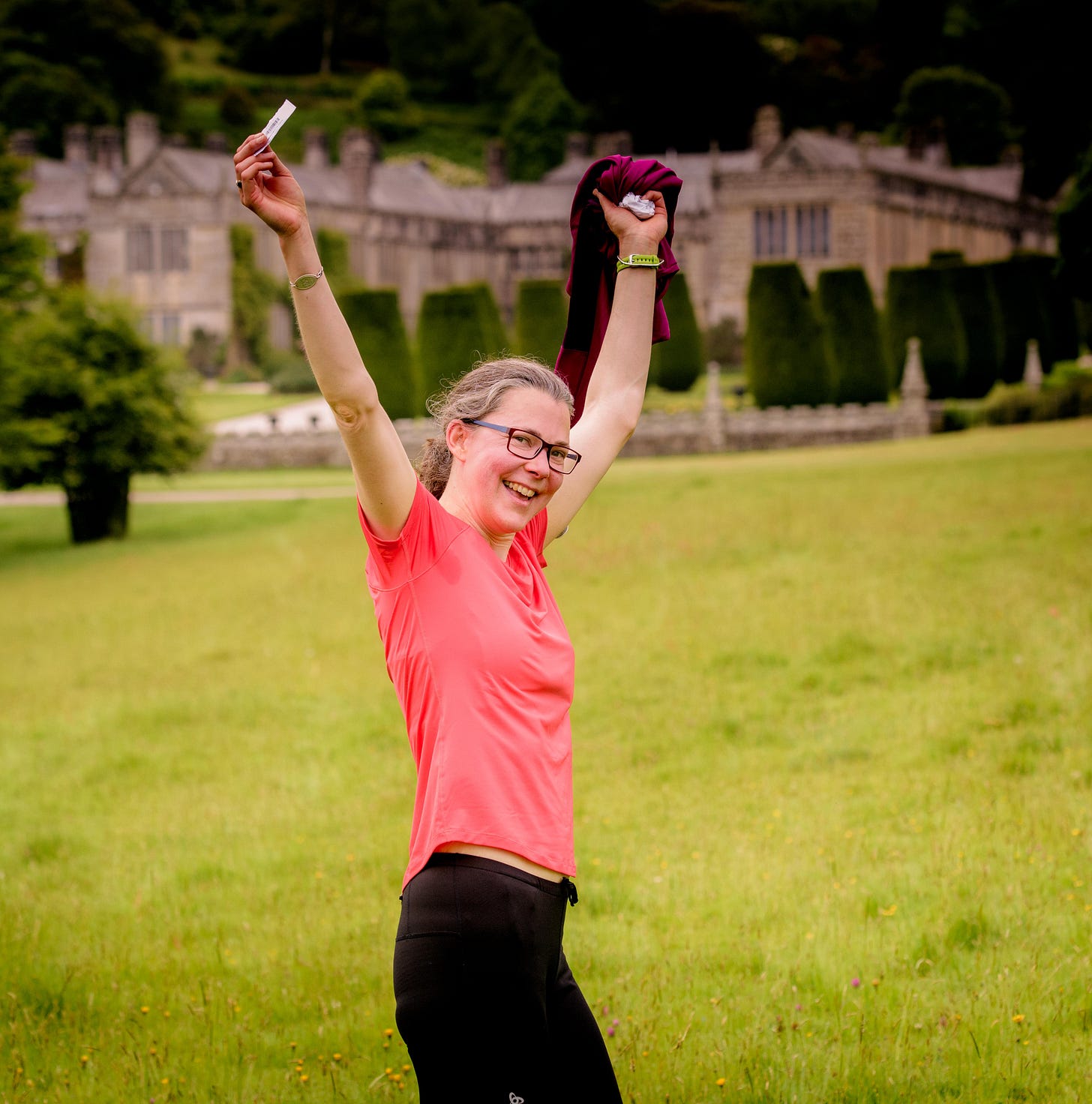
It took time – weeks, months – and practice to find a running outfit that worked. It helped when winter became spring, and spring grew warmly into summer, and by June, having run the outfitting gamut of full-length running tights, their capri-length equivalents and then skin-tight knee shorts, even with very early, cool starts, I’d eventually be found shivering on the start line each time wearing only short shorts and a thin running vest.

Was I cold? Yes, to start with, but by now at last I knew how this worked. Anyway, there’s something completely bonkers highly motivating about being on a Parkrun start line on a chilly Saturday morning to run just to get warm.
Sigh. Reader, why is it that I never quite know what to wear on any given day?
THE REVEAL
It’s because I can’t watch the weather forecast.
Don’t get me wrong: I like weather. I love being outside, and I’m not just a fair-weather walker who am I kidding?. Walking is a real passion of mine, and of jolly well course I’m aware of the weather: the sun, rain, snow and wind all giving colour and feeling to the world, but I’ve always found it hard to take in the forecast.
When I was growing up, we’d always watch the six o’clock news as a family. I’d be pretty interested in the news part of the bulletin, but as soon as the weatherman came on to do his bit my brain would disengage. At that point I’d fidget, begin to chatter, or both.
Then:
‘Shhhhh! We’re trying to watch the weather!’
I don’t know why I wasn’t ever interested in the bulletins, when I’ve always found the weather itself to be fascinating.
I mean, every winter I’d be desperately scanning the horizon for those peculiar ochre-shaded clouds that promised snow, and any sign of an actual flake would have me scurrying to the back door so as to be first outside in the white stuff.
If we were very lucky, snow would mean sledging, not school. But if it had snowed and the roads between home and school were still passable, we would still be excited. We knew that to be allowed outside onto the playground we’d need to bring our wellies5, and that at playtime we’d be ‘skating’ on its slippery surface. Torvill and Dean6 at Sarajevo in February 1984 had nothing on us: for the duration of the Winter Olympics that year my friends and I were convinced that we were the best British skaters for a generation.
Reader, we were nine years old. 😉🤣
On our summer trips to the Lake District we would sail on Ullswater. Again, I had an interest in what the weather was going to be like: would there be enough/too much/any wind at all tomorrow? Would it be pouring with rain, or blowing a gale? Would it be the sort of day to lounge lazily beside the lake in a sun dress? But due to my aversion to the weather forecast I never had a clue until I was out there.
And I’m still the same now. I wondered whether my issues with the weather forecast are connected with my being a disorient. Or not? Okay, I struggle to engage with maps, but come on, that’s no excuse for not being able to relate to a weather bulletin on the radio, is it? I mean, I’m clearly just bonkers. 🤔🤷♀️

Here at home the weather will be on – on the TV, or radio – but my mind will always be elsewhere. As soon as the bulletin is over, I’ll find myself asking a far-too-patient Jim ‘what’s the weather going to be like tomorrow?’
Surely I can work this out for myself? Well, perhaps there’s hope.
Wearing not enough clothes one day at work with Jim, I got talking to his client about how difficult I find it to dress appropriately for the weather.
‘I know what you mean!’ she said. ‘We had TV news here the other day, and the reporter was telling me that she has a chart on her wardrobe to show her exactly which of her clothes – and how many layers – she needs to wear for each temperature on the thermometer.’
Genius!
Reader, I’m not a TV presenter, a meteorologist nor a wardrobe analyst, but the simple answers are:
To watch the weather forecast
obviously;If I’m moving, I need to be bold, start cold;
To wear – or carry – layers which together make adaptable outfits with removable or addable parts according to vagaries of temperature, wind levels or precipitation.
In his 1973 book ‘A Coast to Coast Walk’, the legendary Alfred Wainwright – prolific fell-walker and author of scores of walking guides – wrote:
“There's no such thing as bad weather, only unsuitable clothing.”
I wonder how much of an eye he kept on the weather forecast? A greater part than my own, I’d say. Perhaps even both of them. 👀
Love,
Rebecca
If you’ve enjoyed this post, do please let me know by clicking the heart. Thank you!
Thank you for reading! If you enjoy ‘Dear Reader, I’m lost’, please share and subscribe for free.
If you’ve been following my correspondence with my fellow Substacker Terry Freedman you’ll know that it’s my turn to reply to him on Wednesday! You can find his latest letter to me here and links to our entire canon of letters here. Do have a read of our light-hearted exchanges about British life over our shoulders!
My next ‘Dear Reader, I’m lost’ post will of course be published next Saturday.
What we call a ‘vest’ is actually a sleeveless t-shirt kind of thing. I think that’s what’s called a ‘singlet’ elsewhere.
A ‘jumper’ is a sweater/pullover.
I’d first heard ‘Be bold: start cold’ on a YouTube hiking advice video a while ago. I was interested to learn more, and I found that this post by Cory on the Highland Frog blog provides an excellent explanation.
This is not my approach to dressing for location shoots with Jim for three and a half seasons of the year, however. For those I wear EVERYTHING.
Wellington rain boots, or “wellies”, are named for their inventor, Arthur Wellesley, the first Duke of Wellington. As the story goes, Wellington, who was a leading military figure in Britain in the 1800s, asked his shoemaker to modify his riding boots.
While usually called rubber boots, but sometimes galoshes, mud boots, rain boots, mucking boots, or billy boots, in the United States, the terms "gumboots", "wellies", "wellingtons", and "rainboots" are preferred in Canada.
Taken from Wikipedia.
Jayne Torvill and Christopher Dean are English ice dancers and former British, European, Olympic and World champions. At the Sarajevo 1984 Winter Olympics the pair won gold and became the highest-scoring figure skaters of all time for a single programme, receiving twelve perfect 6.0s and four 5.9s which included artistic impression scores of 6.0 from every judge, after skating to Maurice Ravel’s ‘Boléro’.
Taken from Wikipedia.
Ravel's original Boléro composition is over 17 minutes long. Olympics rules state that the free dance must be four minutes long (plus or minus ten seconds). Torvill and Dean went to a music arranger to condense Boléro down to a "skateable" version. However, they were told that the minimum time that Boléro could be condensed down to was 4 minutes 28 seconds, 18 seconds in excess of the Olympics rules. Torvill and Dean reviewed the Olympic rule book and found that it stated that actual timing of a skating routine began when the skaters started skating. Therefore, they could use Boléro if they did not place their skates' blades to ice for the first 18 seconds. They timed the performance so that when Torvill first placed a blade on the ice, they would have the maximum skating time remaining.
Taken from the Classic FM website.

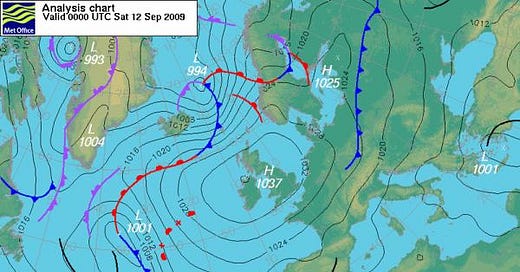




There’s not much layering to be done here in usually steamy South Florida. And lately, I’m just always hot and will only wear easy-breezy clothes. And I’m a prolific weather app checker - I think it has to do with watching the forecasts during hurricane season.
This was a great post. It reminded me of a conversation I had with two friends who got stuck on a mountain in snowfall without gloves or spikes on their shoes at 3000 meters. You can never be prepared enough! 🥲